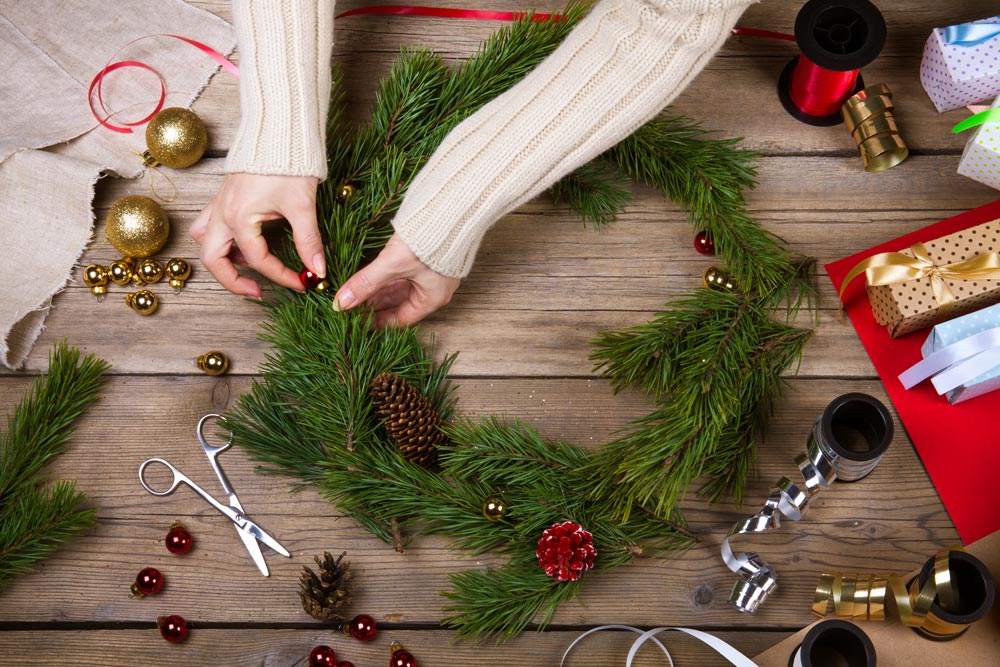Will You Celebrate the Sun Standing Still?
An astronomical event, the winter solstice is the exact moment when the sun reaches the Tropic of Capricorn and those of us in the Northern Hemisphere experience the shortest period of daylight and the longest nighttime during the year.
The word “solstice” means “when the sun stands still.” It’s based on the Latin words sol (sun) and sistere (“to stand still”). During the Winter Solstice, the sun appears lowest in the sky, and at noon its elevation appears to stay the same for several days before and after. As this period passes, many ancient cultures believed that a rebirth of the Sun was taking place, since the hours of daylight gradually became longer by a few minutes every day.
Indigenous Culture Responses to the Winter Solstice
The Winter Solstice has been celebrated globally from ancient times and is still celebrated today in many ways. It might surprise you to learn that many Christmas customs, symbols, lore, and rituals were purloined from indigenous cultures (called “pagan” by Christians; “a person holding religious beliefs other than those of the main world religions”) in Europe and elsewhere. Following are just a few examples:

Alban Arthan
Alban Arthan (“Light of Winter” in Welsh) is probably the oldest seasonal festival still in existence. The prehistoric Irish monument known as Newgrange has been in existence since 3200 B.C (it is older than both the more well-known Stonehenge and Egyptian pyramids) is associated with this festival. The Druids considered the Winter Solstice a time of death and rebirth when nature’s power and human souls could be renewed. The birth of the New Sun is believed to mystically revive Earth’s aura, giving renewed life to spirits and the souls of the deceased. At Newgrange, which consists of a large circular mound with a stone passageway and interior chamber, the chamber is flooded with light during the Winter Solstice.
The Feast of Juul
This Scandinavian feast featured fires symbolically lit to mirror the heat, light and life-generating properties of the returning sun. A Yule (Juul) log was carried in and burned on the hearth to honor Thor, a Scandinavian god whose job it was to return the sun’s warmth to the people.
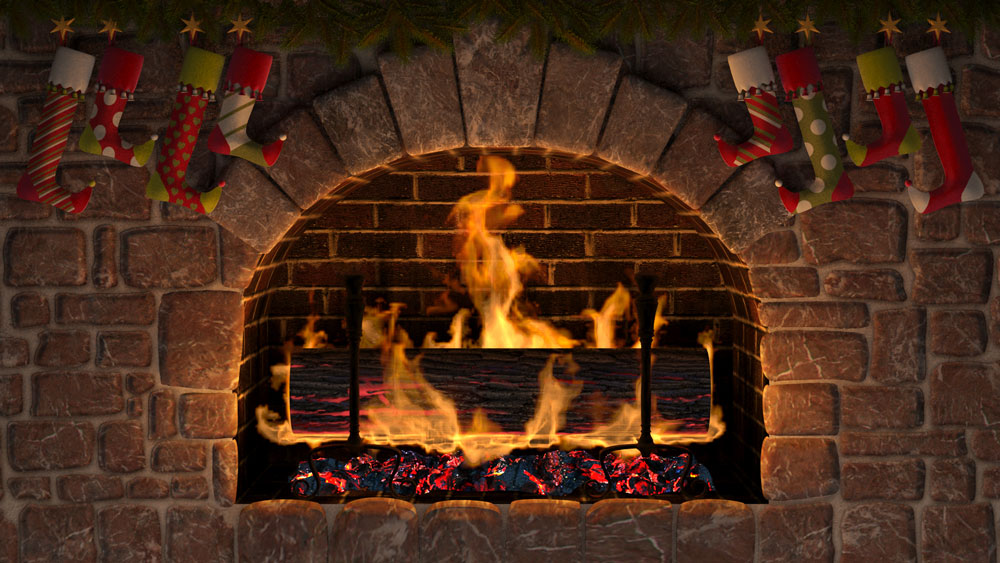
In Scandinavia, the Juul log wasn’t allowed to burn all the way to cinders; its remains were retained as a token of good luck against misfortune until the following year’s festival, when it was used as kindling for the next Juul log.
But in England, Germany, France and other European nations, the Yule log was burned to ashes which were then collected and strewn across fields every night until Twelfth Night. (Some of the folks wore the ashes as a charm.)
French peasants put the cold ashes from their Yule logs underneath their beds to help protect the structure from lightning. Our present-day custom of lighting a Yule log at Christmas probably originated with the fires associated with this feast.
Dongzhi Winter Solstice Festival
This Chinese festival is celebrated as a time for entire families to gather and celebrate the past year. The Chinese believed that the yang (muscular, positive) things become increasingly stronger following this day. Dumplings serve as the celebratory feast for most during this festival.
Saturnalia
In ancient Rome, the festival of Saturnalia lasted seven days, starting on December 17th. Held in honor of the Roman god of agriculture and harvest, Saturnus, the festival consisted of casting off discipline and making amends. Hard feelings were freely forgiven, wars were put off for another day, and people engaged in carnival-like festivities. The high regard for this festival was evident throughout the third and fourth centuries A.D. until the Roman empire fell to Christian rule, but some of this festival’s customs survived to influence our current Christmas and New Year’s Day celebrations.
Soval
The Hopi tribe of northern Arizona marked this occasion with rituals that included purification, dancing, gift-giving and the making of prayer sticks. If you want to attend a live Hopi Winter Solstice celebration, we had one on Facebook Live.
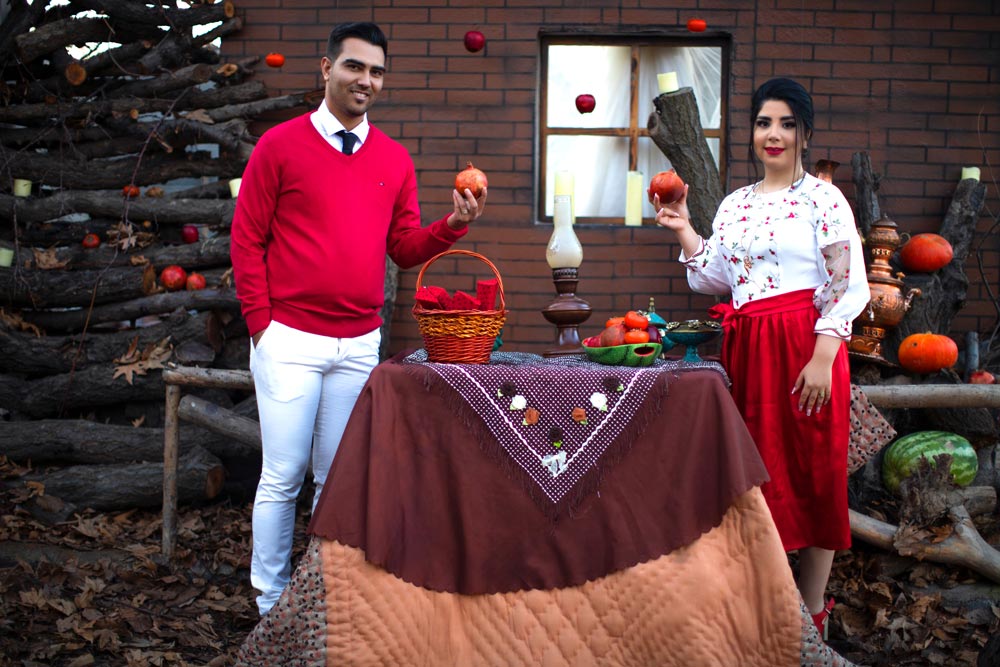
Yalda aka Shab-e Yalda
This ancient Persian Winter celebration still happens in modern day Iran. Those who celebrate it stay up all night to see the first sunrise of progressively longer days while eating nuts and pomegranates. This event celebrates the history of Mithra the Sun God’s triumph over darkness. Shab-e Yalda translates to “Night of Birth.” People burn fires and do good deeds to ward off evil spirits. It’s a night filled with poetry readings.
St. Lucia Day
Although this modern Scandinavian holiday marks the beginning of the Christmas season, many of the traditions it incorporates were adapted from local indigenous Winter Solstice traditions, including bonfires, ginger snaps, saffron-flavored buns and glogg.
Stonehenge
Antedating Newgrange by one thousand years, this is perhaps the best-known example of a gathering place for Winter Solstice rituals. During this solstice, the sun appears to rise through this monument’s iconic stone structure.
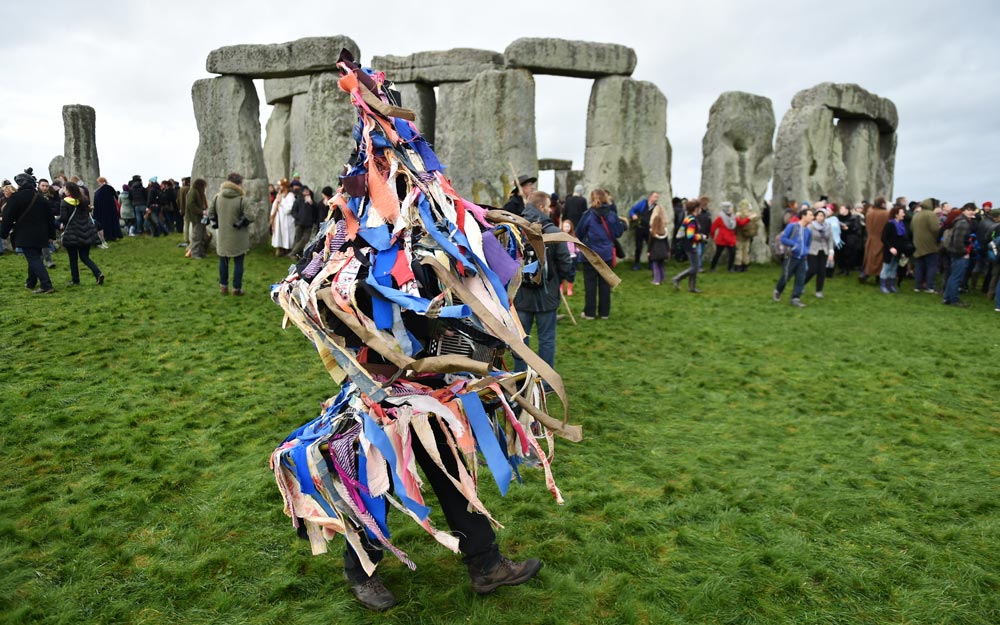
Santo Tomas Festival
Catholics in Chichicastenango (Chichi), Guatemala enjoy a week-long celebration that heralds the arrival of the Winter Solstice. This festival incorporates Mayan and Christian traditions and includes bright colored clothing, fireworks, masks, music, and parades.
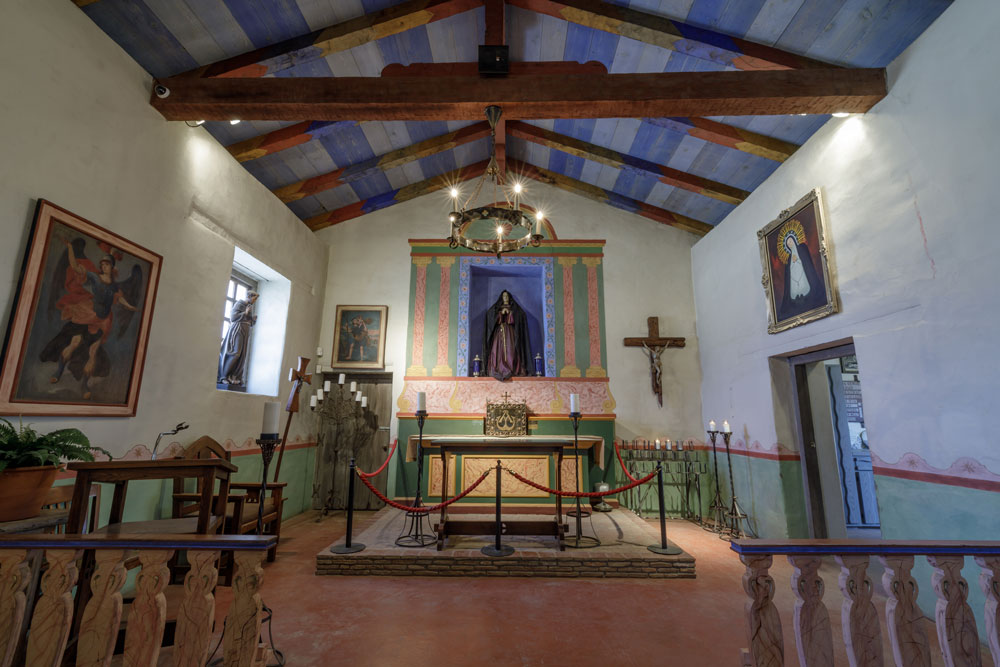
Illuminations in California
Some of the missions built by Spanish missionaries in the late 18th and early 19th centuries were designed, like Newgrange and Stonehenge, so that the sun illuminates the altar. These efforts are thought to have been an attempt to marry Indigenous and Catholic traditions to appeal to and convert Indigenous people in the areas in which they were built.
Celebration of the African Goddess Mawu
Mawu is west Africa’s creation goddess. The moon resides in her eyes, according to legend, which she uses to gaze into people’s souls. This holiday revolves around rest and rejuvenation. Goddess Mawu writes destinies, which are delivered to the world by her son Legba. These messages are usually received by way of nature, the weather, strangers, or dreams. Mawu is also believed to oversee the bringing of cooler weather to the African continent.
Emulate Groundhog’s Day – Check Your Own Shadow during the Winter Solstice!
Here’s a fun exercise. At noon during the Winter Solstice, notice how long your shadow is. It will be as long as it’s going to get. The Sun’s low arc across the sky in winter causes objects to cast longer shadows. Then check your shadow during the 2022 summer Solstice. Take pictures both times and post them side by side; you’ll notice a substantial difference.
How to Celebrate the Winter Solstice
You’ve just read about the science and history of the Winter Solstice and some of the celebrations and rituals surrounding it. Now comes the fun part! Following are ways to celebrate the event:
- Embrace the spiritual, magical, and natural significance of winter. In many pagan beliefs, the winter solstice signifies the re-arrival and rebirth of the sun. In ancient Roman beliefs, it’s the perfect time to celebrate fertility and the harvest.
- Decorate your home. This one is a traditional way to celebrate Christmas, but many of the items we use to do so came directly from pre-Christian indigenous cultures, so whenever you hang holly, mistletoe, ivy and/or pine branches or light a fire to create a warm, intimate ambience, or light candles, you’re engaging in symbolic acts that predate Christianity by thousands of years.
- Make a Yule Log. To make a basic Yule log, you’ll need the following:
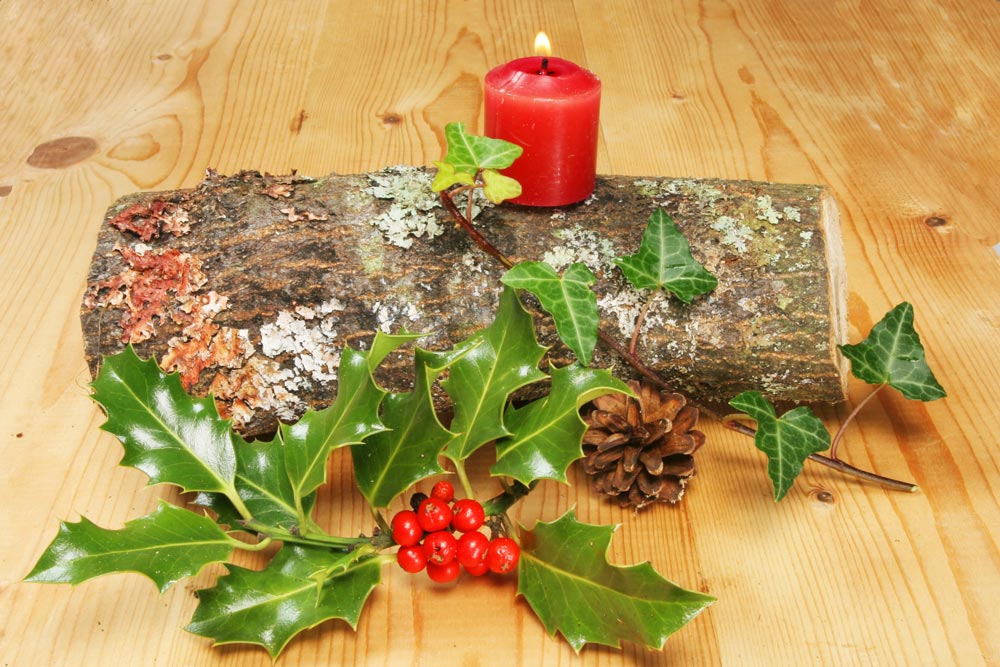
-
- A log about 14 – 18” long
- Pinecones, juniper berries,
- Dried cranberries
- Cuttings of mistletoe, holly, pine needles, and ivy
- Feathers and cinnamon sticks
- Some festive ribbon – use paper or cloth ribbon, not the synthetic or wire-lined type
- A hot glue gun
- Optional: three candles (gold, green, and red)
You should be able to gather most of these items (except for the ribbon and the hot glue gun) — from outside during the year.
Wrap the log loosely with the ribbon. Leave enough space to insert the branches, cuttings, and feathers that you’ve gathered or bought at a craft store under the ribbon. You may even place a feather on your Yule log to represent each member of your family.
When you have your branches and cuttings in place to your satisfaction, glue on the pinecones, cinnamon sticks, and berries. (Naturally, if you’re assembling a yule log with young children, be sure to keep the glue gun under your control and away from them.) To make it more personal, have family members write their wishes on paper and attach them to the log before putting it in the fire.
After the log is burned, spread the ashes on your garden as the ancient people spread them on fields for their fertilizing properties, encouraging the crops to grow in the coming year. And remember to save a small piece of the log to start the fire for your Yule Log next year during the Winter Solstice!
- Decorate your tree the old-fashioned way. Make or buy salt dough ornaments in the shape of the sun, moon, and stars. Make a Yule tree by adorning an evergreen tree — indoors or outdoors — with natural orange slices and cinnamon garlands or a popcorn and cranberry garland. Add a gold star at the top to symbolize solar energy and celebrate the returning light. Or collect fallen evergreen branches and decorate your home with them; doing this was an ancient tradition even before full trees came into the picture.
- Create spices potpourri with cinnamon and other season-specific spices to bring the scent of celebration into your home.
- Prepare a feast. You can find a cornucopia of Yule recipes online. Choose one that resonates with you.
- Go wassailing. Originating long before Christianity came on the scene, wassailing is a form of caroling where farmers walk around their fields at night and sing songs to ward off spirits that can inhibit crop growth.
- Decorate an altar. Put your Yule log on it until it’s time to burn it. Use Yule themed altar cloths, pinecones, holly berries, poinsettias, and greenery, and lots of candles since this solstice is all about returning light! Crystals associated with Yule are ruby, bloodstone, garnet, snowflake obsidian and emerald. Scents are pine, cedar, frankincense, myrrh, cinnamon, and clove.
- Make a great-smelling pomander with an orange by piercing it with whole cloves. These were used for protection against illness, and they make beautiful altar decorations!
- Hand-make your own wreath. The round shape symbolizes cycles and seasons. Circles and the greenery in wreaths also symbolized protection in some ancient cultures. A rosemary wreath is easy to make and it is associated with protection. Add colored ribbons associated with your intention or with the colors of Yule.
Traditionally, wreath makers use pine or fir, but juniper or rosemary work as well, as does adding them all together to make a single wreath. Common additions to a wreath are holly and mistletoe, associated with protection and good luck. Pinecones and dried fruit work, too.
THE SPIRITUAL MEANING OF WINTER SOLSTICE
As we’ve seen, the primary focus of most Yule traditions and winter solstice celebrations throughout the centuries has been to release the dark (from within and from without) and welcome the light; that is, to welcome back the sunlight as each new day grows longer and our wintertime fears and anxieties about lack and mere survival surrender to the anticipation of spring and the return of plenty to our pantries.
The light, in all forms, drives growth and prosperity in our lives. And if your internal light is something you’d like to cultivate, consider joining our flagship LifeForce Energy Healing I Certification Course.


